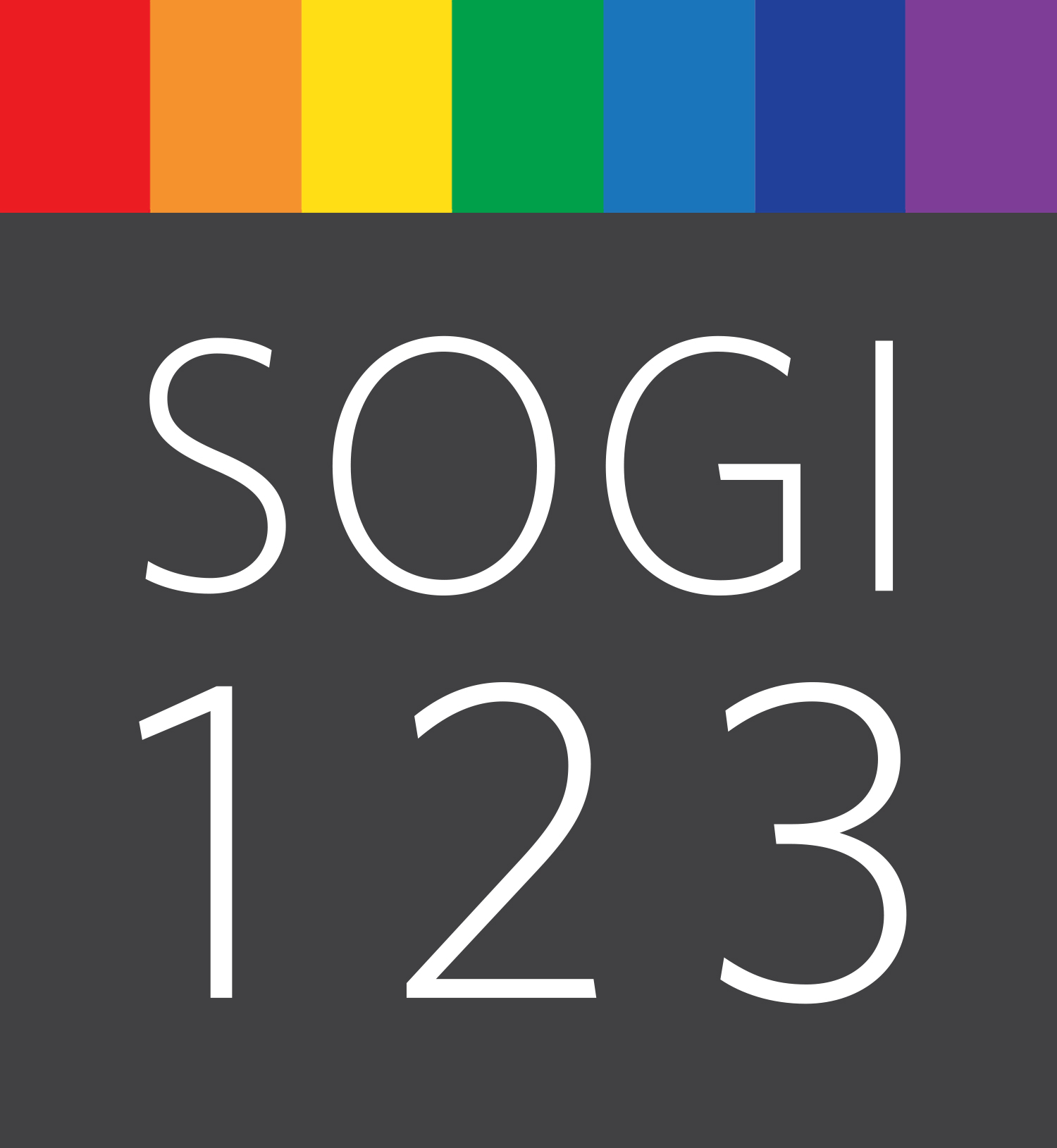Intersectionality is for Everyone
Intersectionality was coined in 1989 by the Black feminist scholar Kimberlé Crenshaw to describe how power structures interact. Identities such as race, class, gender, and sexuality do not run on parallel roads but meet up and overlap, just like at an intersection. For example, a 2021 Egale study found that racialized 2SLGBTQ+ youth experience more verbal harassment than both their racialized, heterosexual, cisgender peers, and their white 2SLGBTQ+ peers*. Their experiences of racialized and SOGI-based oppression compound each other and cannot be separated. In order to embrace intersectionality from the start we must consider the whole student, not just their sexual orientation or gender identity.
Here are some ways to bring this concept into your district, school, or classroom.
Diversify your classroom materials.
SOGI-inclusive books are more diverse than ever. Seek out dynamic books that represent a variety of identities, communities, and perspectives such as...
Pet by Akwaeke Emez is a fantasy novel about a Black trans teen who becomes a monster hunter.
The Best at It by Maulik Pancholy is the story of Rahul, an Indian-American 12-year old dealing with small-town life and his new crush on Justin.
A Family is a Family is a Family by Sara O’Leary is a picture book that features same-sex parents, disabled, and mixed-race families.
Lead a pro-d session or “lunch and learn.”
Lead a Pro-D session or “Lunch & Learn.”
Some educators will be new to this language or just learning how to integrate the concept into their teaching. For those ready to share their knowledge, the Intersectionality Learning Module created by SOGI-inclusive educators emphasizes the need for intersectional teaching practices. It includes:
A Video that explores why intersectionality is integral to SOGI-inclusive education.
A PowerPoint with vocabulary, discussion questions, and activities to encourage self-reflection.
A Facilitator’s guide that contains speaking notes to support the conversation.
Remember that we all have intersecting identities.
Intersectionality considers both oppression and privilege. We all have intersecting identities. Taking the time to reflect on our own identities and the ways we are marginalized and privileged can help to undermine the systems of oppression that hurt all of us.
*Peter, T., Campbell, C.P., & Taylor, C. (2021). Still every class in every school: Final report on the second climate survey on homophobia, biphobia, and transphobia in Canadian schools. Toronto, ON: Egale Canada Human Rights Trust.
